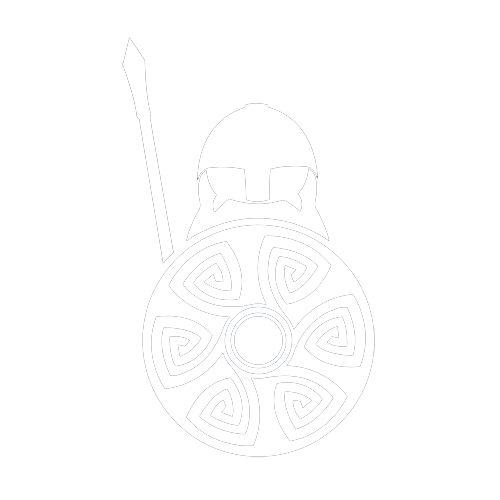The Tower of London
The Tower of London stands proudly in the heart of London, commanding an intimidating position over the river Thames. The castle dates back over 1000 years, and has been embroiled in centuries of war, uprisings and murder whilst playing keeper to the priceless Crown Jewels and various royal prisoners.
“The Tower is a citadel to defend or command the city; a royal palace for assemblies or treaties; a prison of state for the most dangerous offenders; the only place of coinage for all England at this time; the armoury for warlike provision; the treasury of the ornaments and jewels of the crown; and general conserver of the most records of the king’s courts of justice at Westminster”
A History of The Tower of London
The Tower of London was built by William the Conqueror after invading England and defeating King Harold, at the Battle of Hastings in 1066. William swiftly marched north to secure London, and proceeded to wipe out the surrounding areas, to the dismay of the City. Soon, London's leaders saw the power that William had, and with little choice they had to submit to him. The construction of the Tower of London began in the 1070s.
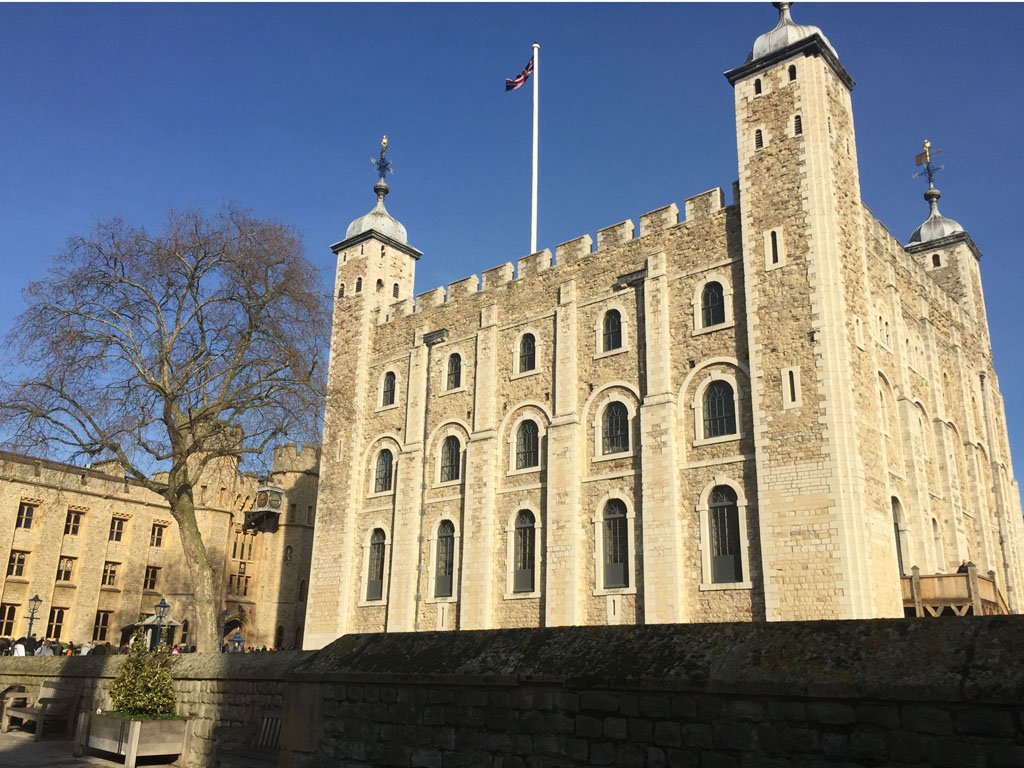
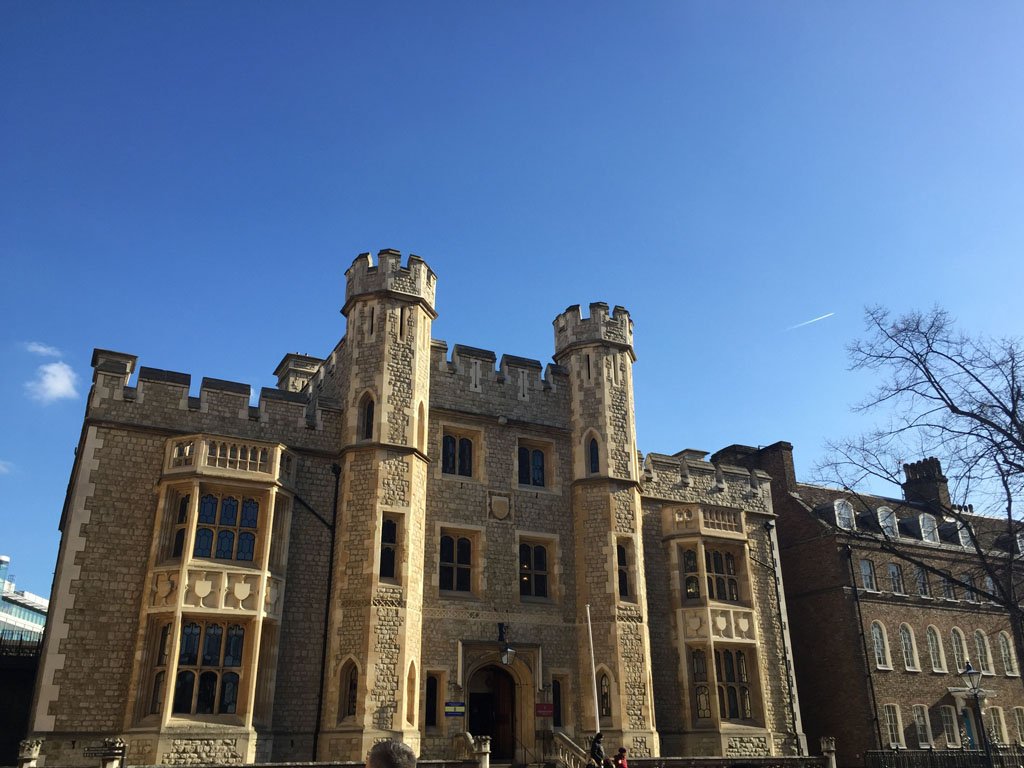
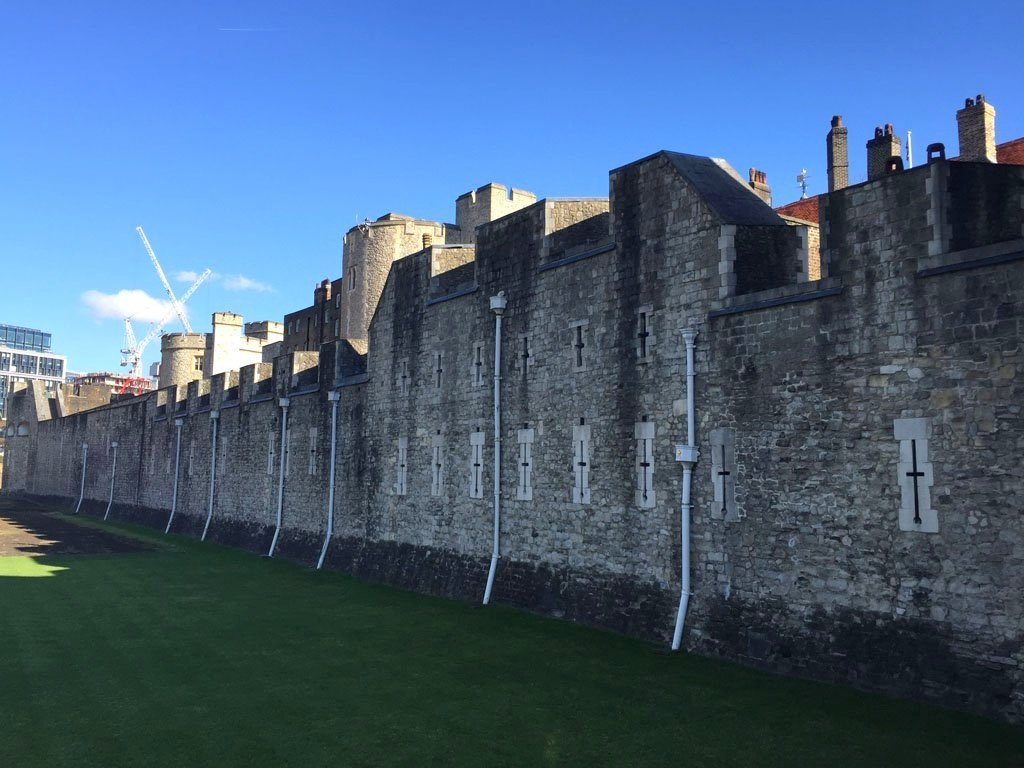
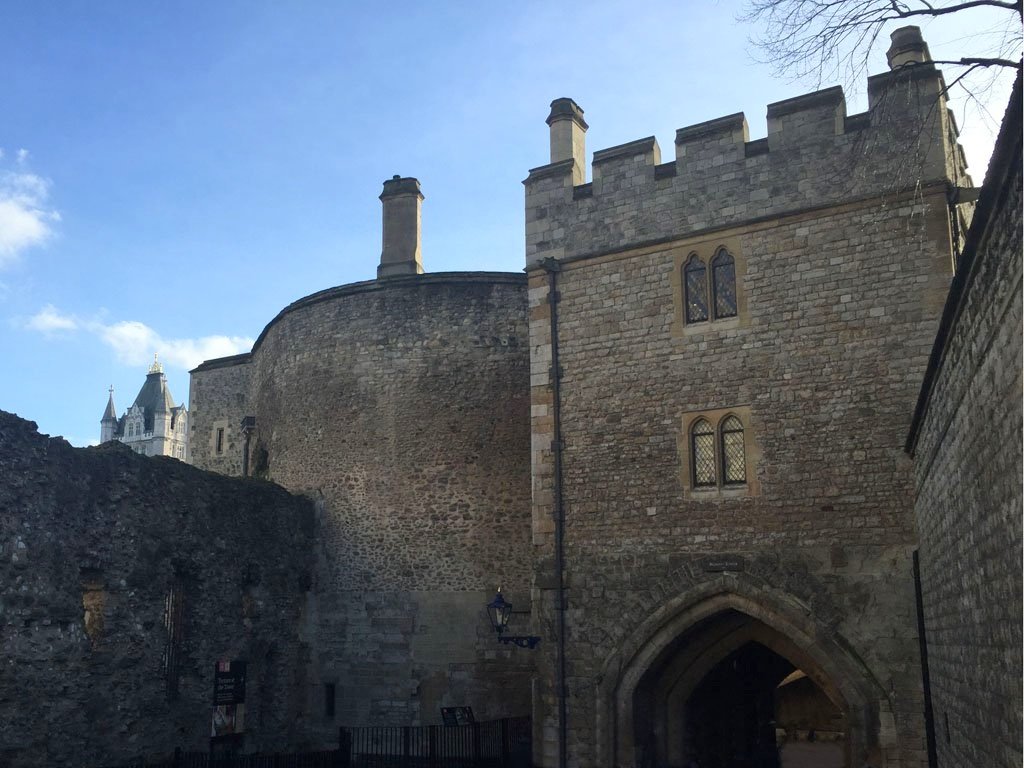
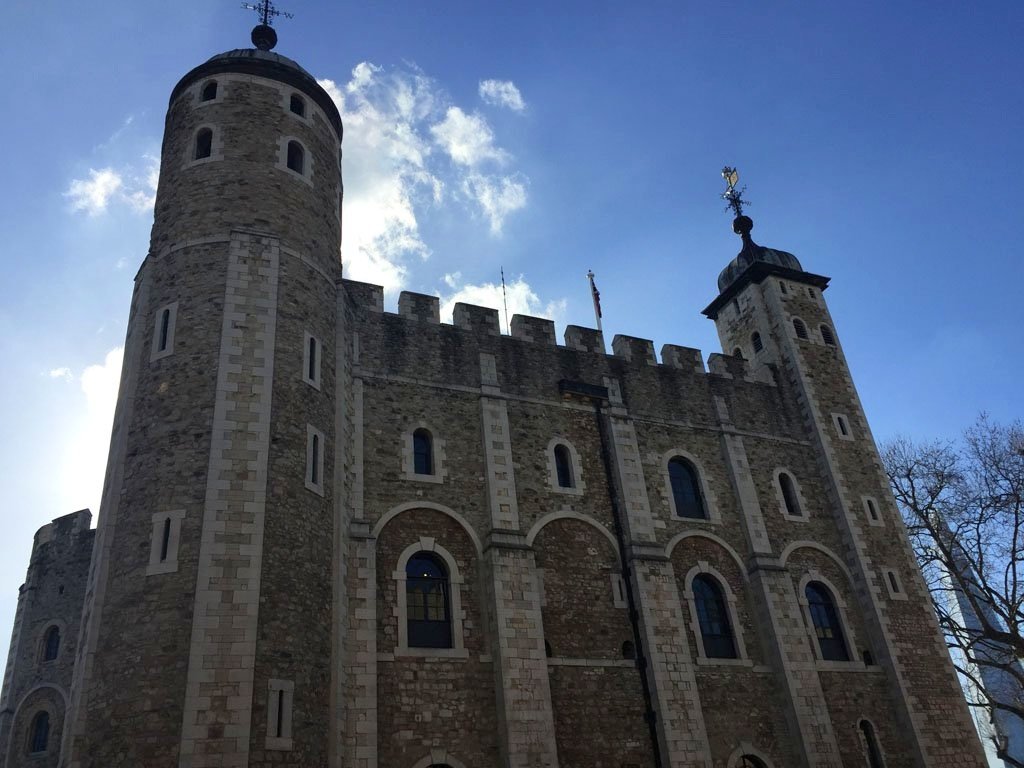
The sheer size of the Tower was nothing like anything seen before in England. William was here to stay, and his Tower was a monument to the Norman dominance and power. William charged Gundulf the new Bishop of Rochester, who was a skilled architect, to start work on the Tower. Norman stone masons were enlisted and most of the labour came from subdued Englishmen. Caen stone from Normandy was imported over to provide details in the Tower's facing, and Kentish-rag stone was used for the majority of the build. The White Tower was complete by 1100, and contained two floors above a large basement, and a chapel built into one of the larger upper rooms.
The Tower of London has gone through many changes over the centuries. It's primary function was that of a fortress, but attempts were later made to make it more habitable and palace-like. However it never matched the opulence of Westminster.
Bolstering the Tower's Defences
During Richard I the Lionheart's reign, Richard put William Longchamp, Bishop of Ely in charge of improving the Tower, whilst away on the Crusade. Longchamp increased the size of the fortifications by almost double, just in time to survive a siege by Richard I's brother, John (Lackland). John would later become king, and regularly stayed at the Tower. John was the first king to bring exotic animals to the Tower, including lions and monkeys.
After king John died, Henry III added the Wakefield and Lanthorn towers, right on the bank of the river Thames. Further to these improvements, Henry III bolstered the castle defences by building a huge stone wall on the north, east and western sides. The curtain wall was reinforced by nine new towers and a new moat, much to the alarm of the local Londoners!
Image by Thomas Römer CC BY-SA 3.0
The Tower Becomes a Concentric Castle
Edward I Longshanks was determined to complete the works that his father, Henry III, had started. Edward spent £21,000 transforming the Tower of London into the largest concentric stone castle in England. However, despite the vast expense and work undertaken, Edward I rarely stayed there. The Tower of London did become a rather good prison though, and a safe secure place for the Royal Mint to be situated, as well as other priceless valuables.
During the reign of Edward III, Edward I's grandson, the Tower of London was used to imprison both French and Scottish kings. Edward was a far better warrior than his father, Edward II, and managed to restore English pride, with a victorious routing of a Scottish invasion at Neville's Cross in 1346. There, the Scottish king David II was captured by Edward III and sent to the Tower of London. A decade later, following the victorious battle of Poitiers in 1356, Edward III also captured King John II of France and sent him to the Tower too.
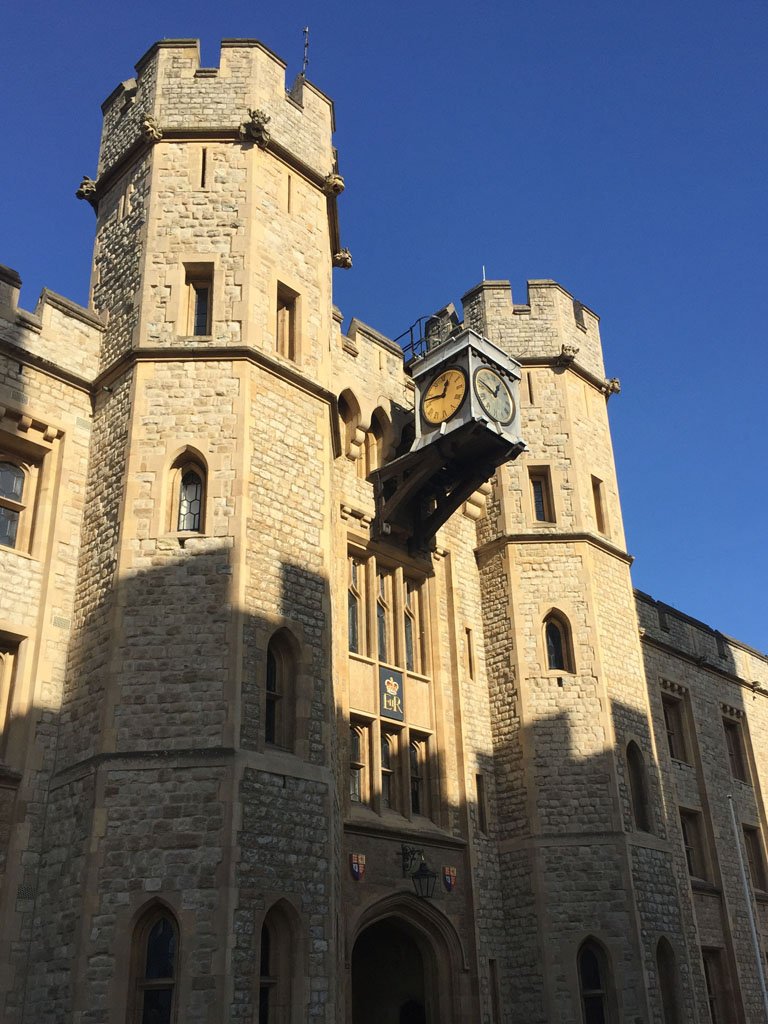
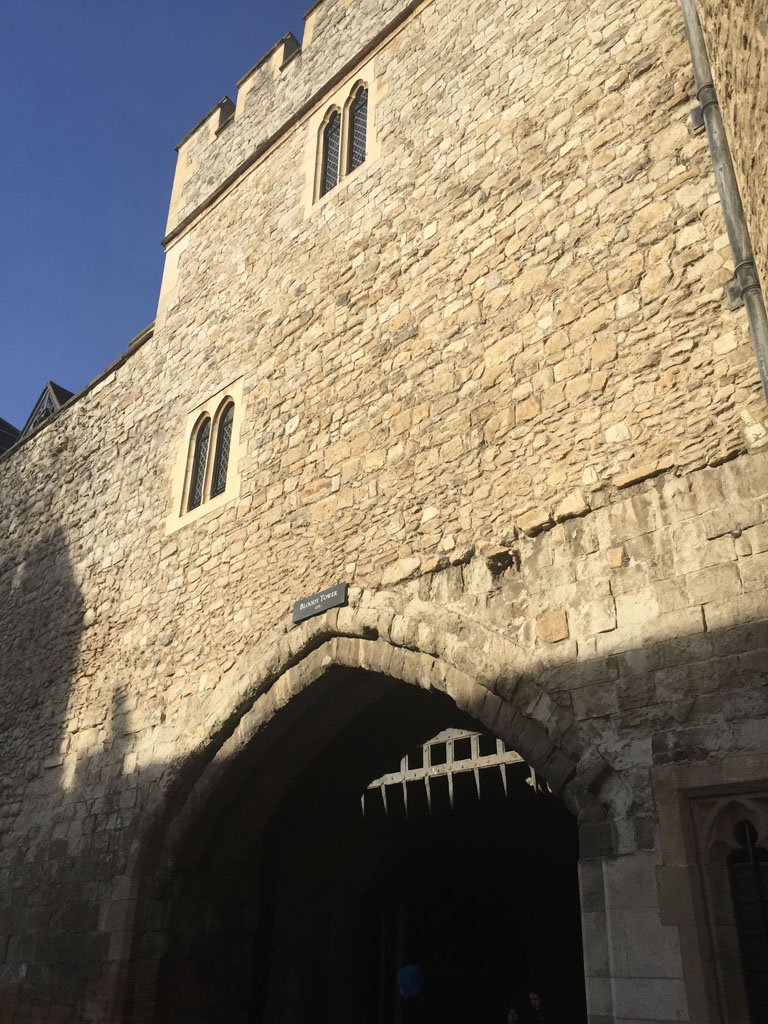

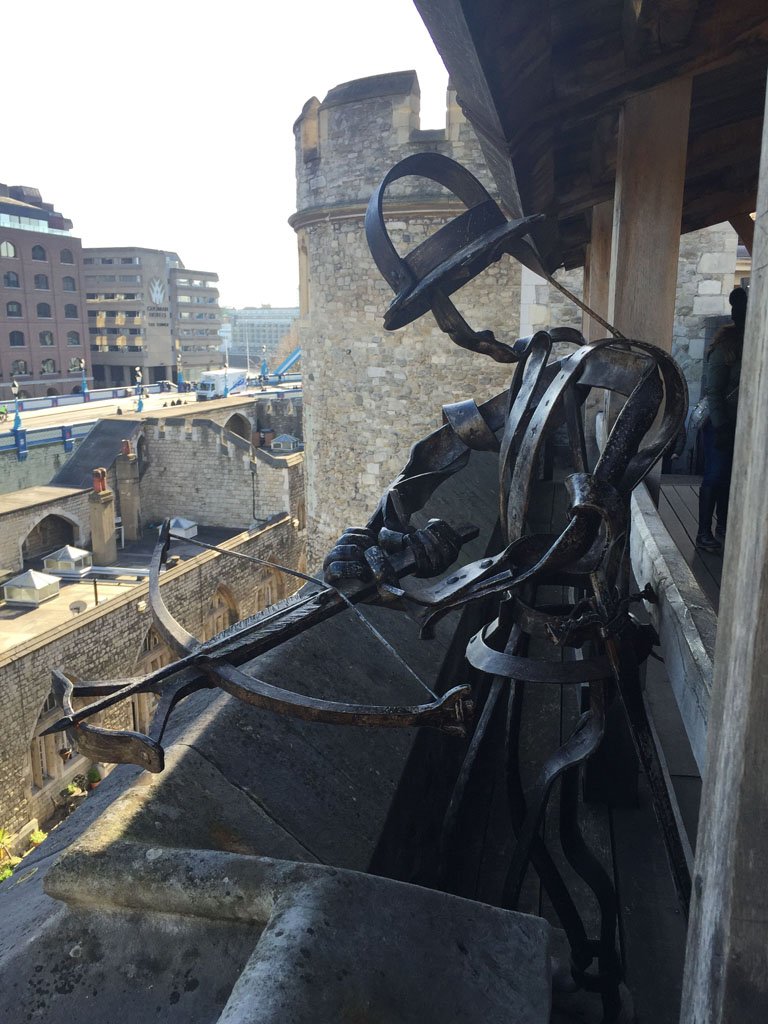
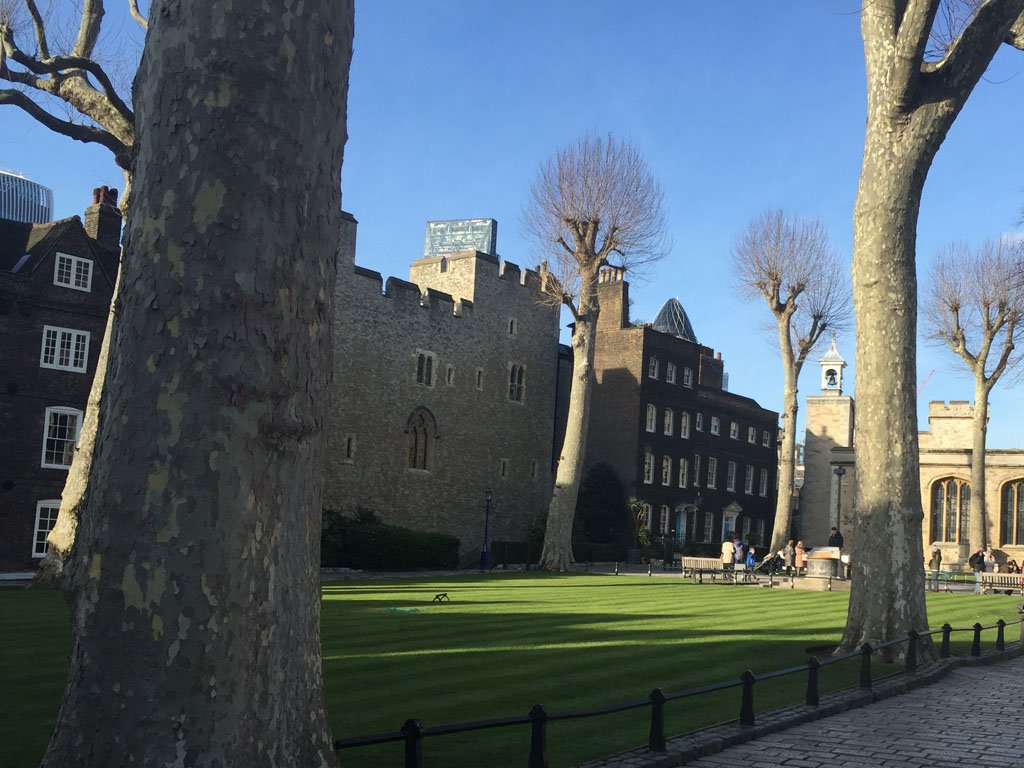
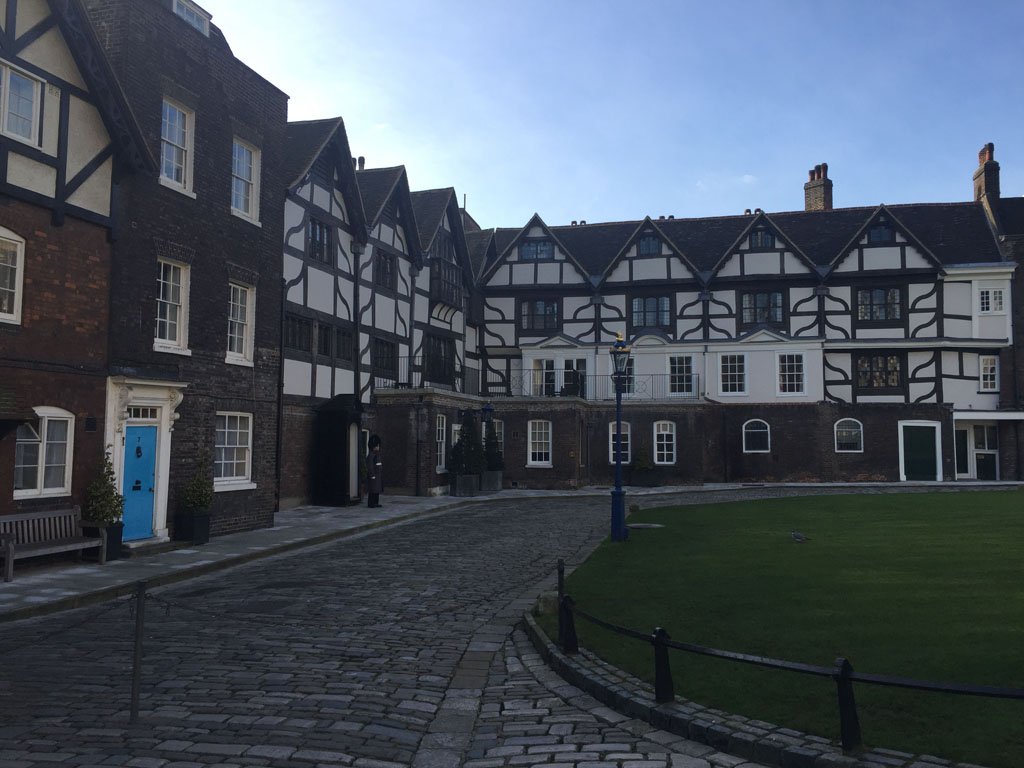
Peasant's Revolt at the Tower of London
The Tower of London, despite its incredible defences, managed to be breached in 1381. During the Peasant's Revolt, which was sparked by the Chancellor forcing everyone to pay a new tax (the third in four years), King Richard II rode out from the Tower to meet the rebels. The Tower guards thought it best to leave the gates open, in case the king had to make a swift return to safety.
However, this error of judgement allowed a mob of 400 peasants to run straight into the Tower, facing little to no resistance. The mob split up into groups to hunt down their intended victim, the Archbishop of Canterbury, Simon Sudbury, who was also the Chancellor. They soon found him praying in the chapel. The mob dragged Sudbury out of the castle and up onto Tower Hill, where they crudely beheaded him and impaled his head on a spike!
Not long after the Revolt, King Richard II himself was held prisoner at the tower in 1399 and forced to renounce his crown. Richard was accused of tyranny by his cousin, Henry Bolingbroke, and within a day or two, Henry became King Henry IV.
Murder at the Tower
During the Wars of the Roses, the Tower of London saw some of its darkest days. King Henry VI, the Lancastrian 'mad' king, was murdered in the Tower on the command of the Yorkist, Edward IV. With Henry VI's only son, Edward of Westminster, killed at the battle of Tewkesbury, Henry VI was the last in the Lancastrian line to stand in the way of the succession of the House of York.
Darkest of all, however, was the murder of the two Princes in the Tower. Upon the death of Edward IV, his brother Richard Duke of Gloucester had his own desires for the crown. In his way, stood the two young princes, 12 and 9 year old sons of Edward IV. Under the protection of Richard Duke of Gloucester, the princes were kept effectively imprisoned in the tower by their uncle. Later, Richard would declare them illegitimate, and took the crown for himself.
The two princes were never seen again. The mystery of their disappearance in the tower remained until almost 200 years later. In 1674, the skeletons of two young children were discovered hidden in a staircase leading to the chapel of St John, inside the Tower. Charles II believed them to be the two princes, and had them buried properly at Westminster Abbey. Later forensic testing in 1933 confirmed the bones to be of two boys aged 10 and 12.
The Tudors, Prisoners and Executions at the Tower of London
Further work continued at the Tower of London under Henry VIII. Tudor style lodgings were erected, and lavish Tudor decorations were used to make the Tower more in keeping with Tudor Palaces. However, the Tower was never really used as a royal residence.
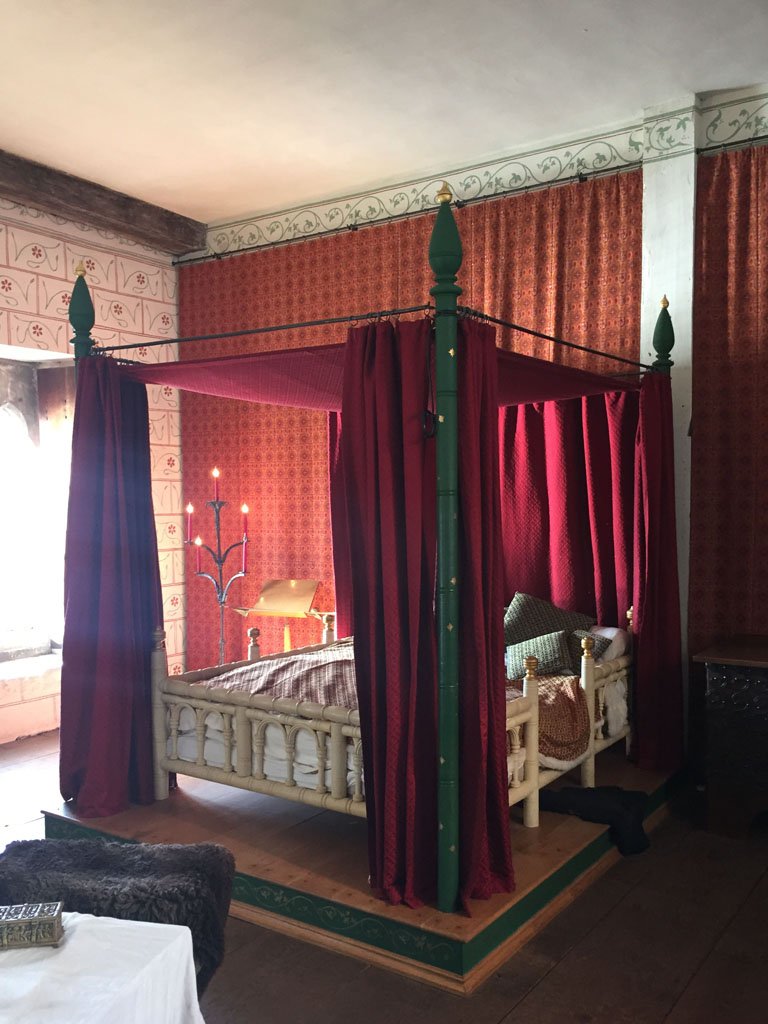

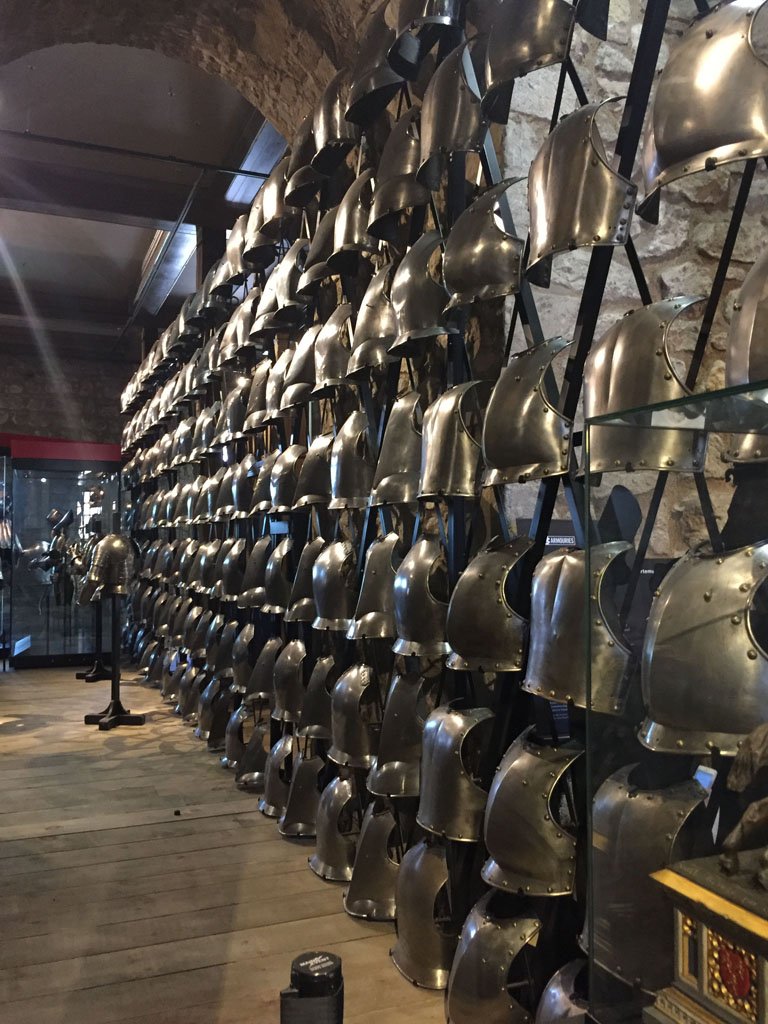
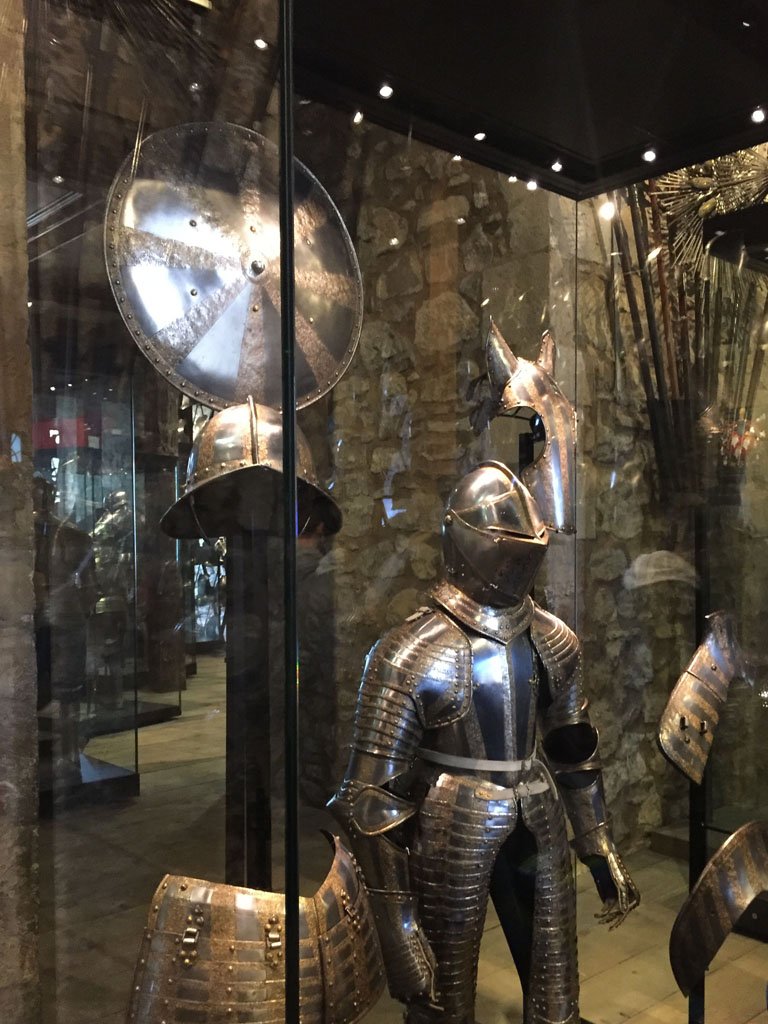
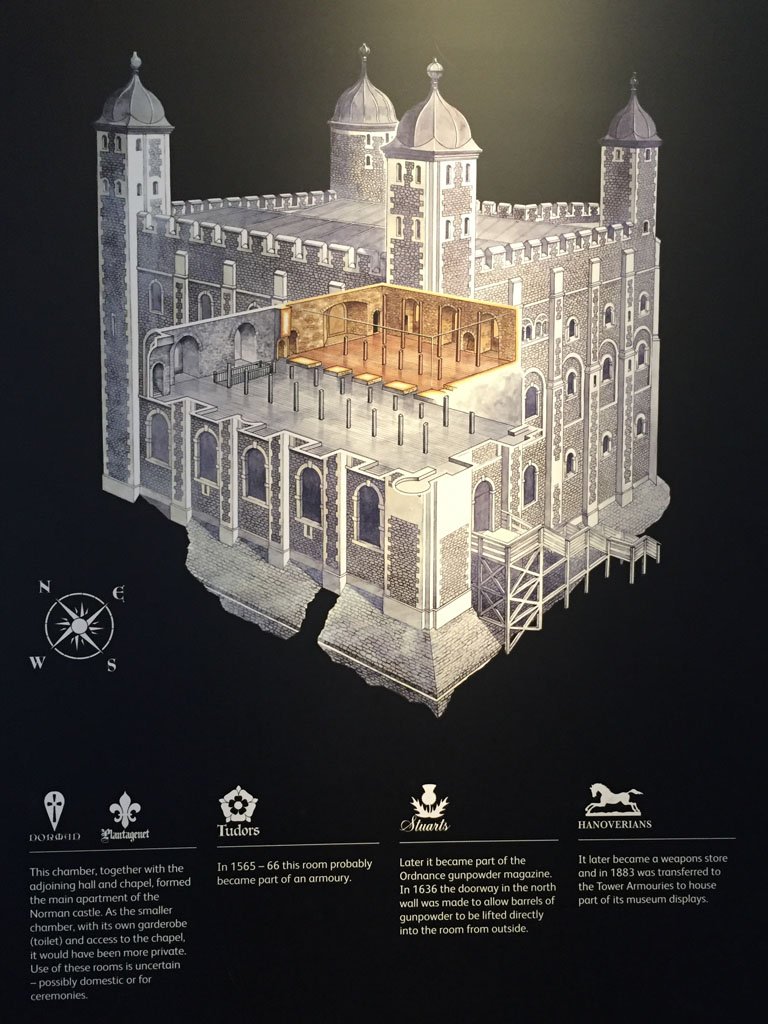
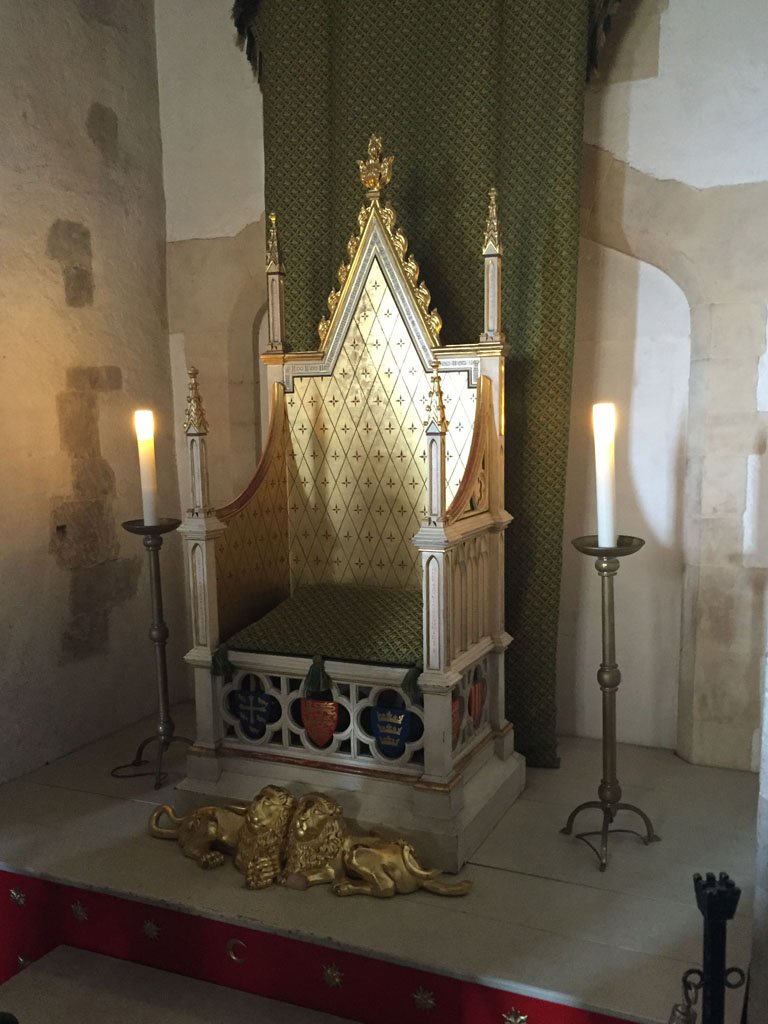
Famously, the Tower of London was the place of execution for a number of Henry VIII's wives and Protestant enemies. Today you can see the memorial site on Tower Green, where the executions of the three Queens took place.
“Gentle visitor pause awhile; where you stand death cut away the light of many days; here jewelled names were broken from the vivid thread of life; may they rest in peace while we walk the generations around their strife and courage; under these restless skies”
Bishop Fisher of Rochester and Sir Thomas Moore were both imprisoned here, and later executed. Anne Boleyn and later Catherine Howard both beheaded for adultery, despite never being proved guilty.
Mary I, the staunch Catholic Queen, had her rival Lady Jane Grey imprisoned after the Privy Council supported Mary's claim to the throne. Mary later had Lady Jane Grey executed for high treason after an uprising against Mary's plan to marry Philip of Spain. During her reign, Mary had many Protestants imprisoned at the Tower, and around 280 were later burned at the stake.
The Crown Jewels at the Tower of London
Charles I, during his turbulent reign and civil war, lost the Tower to the Parliamentarians, which inevitably lost him his power in the war. Charles was soon beheaded and the crown jewels were melted down, on the orders of Oliver Cromwell, Lord Protector of the Realm.
“Cause the same to be totally broken, and that they melt down all the gold and silver, and sell the jewels to the best advantage of the Commonwealth”
Later, in 1660, with the restoration of Charles II, the crown jewels were remade to their former glory and more. Sir Robert Vyner, the king's goldsmith, required three tons of silver to restock the jewel house! The Tower continued to house the Crown jewels, keeping them safe, right up to present day (although they were nearly stolen in 1671).
Today, you can witness a vast array of gold ceremonial maces, priceless jewelled crowns, swords of state, orbs and sovereign sceptres, trumpets, tunics and more. Her Majesty, Queen Elizabeth's coronation crown, St Edward's Crown, which was made in 1661 and named after Edward the Confessor, is also on display.

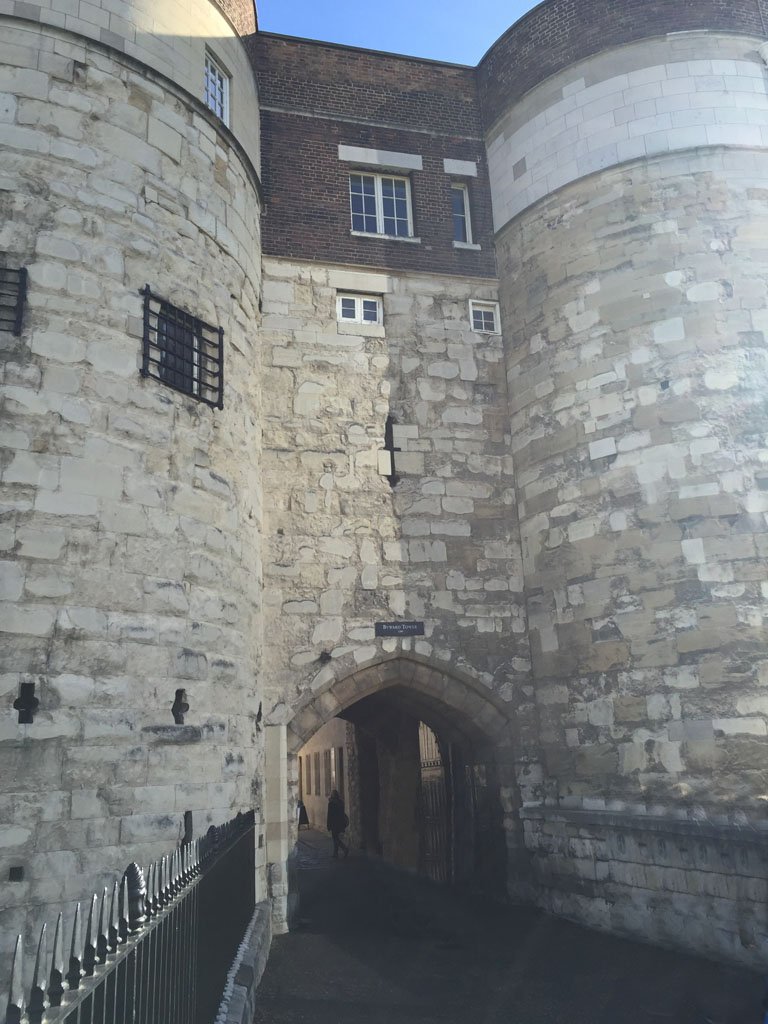
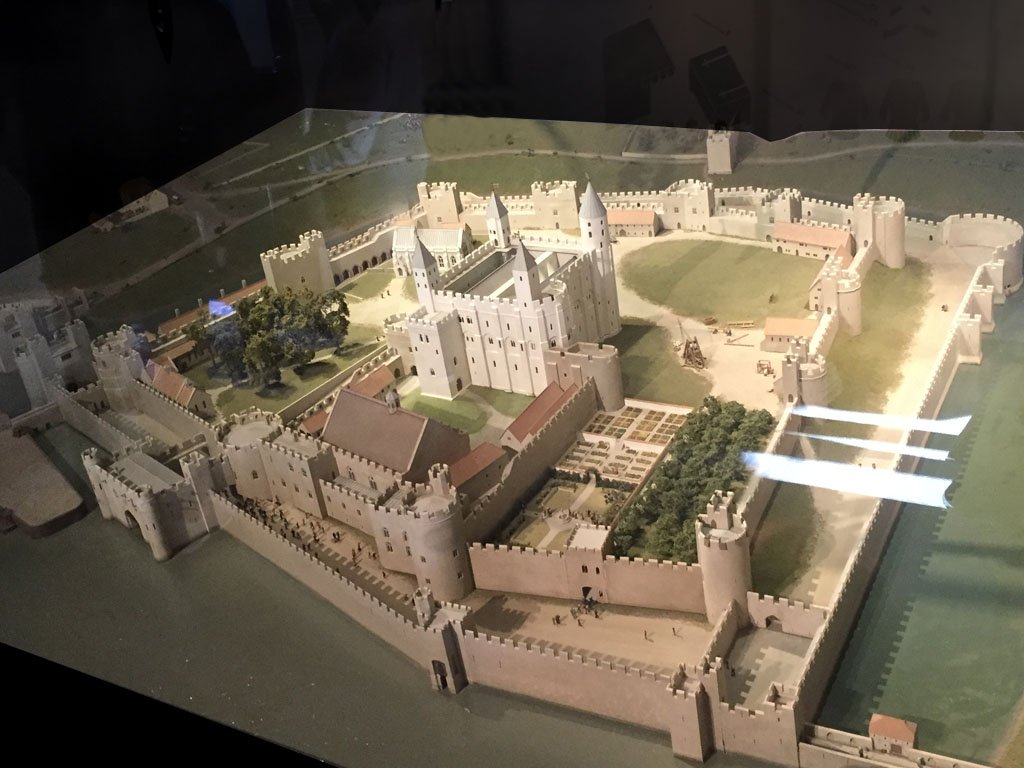

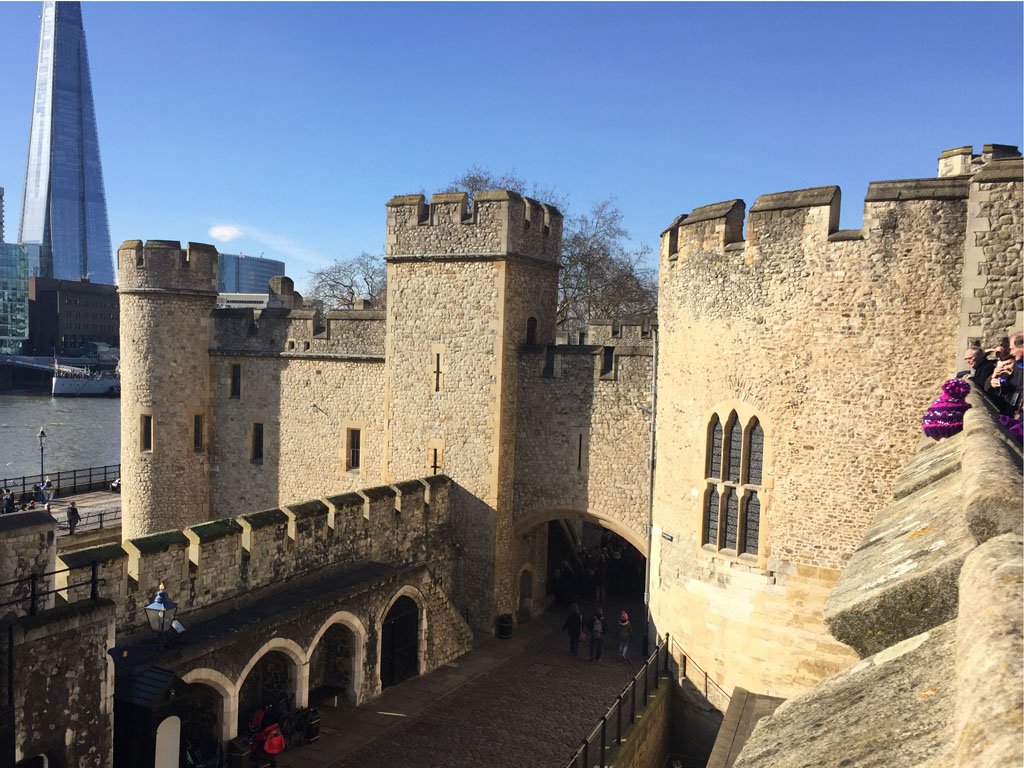
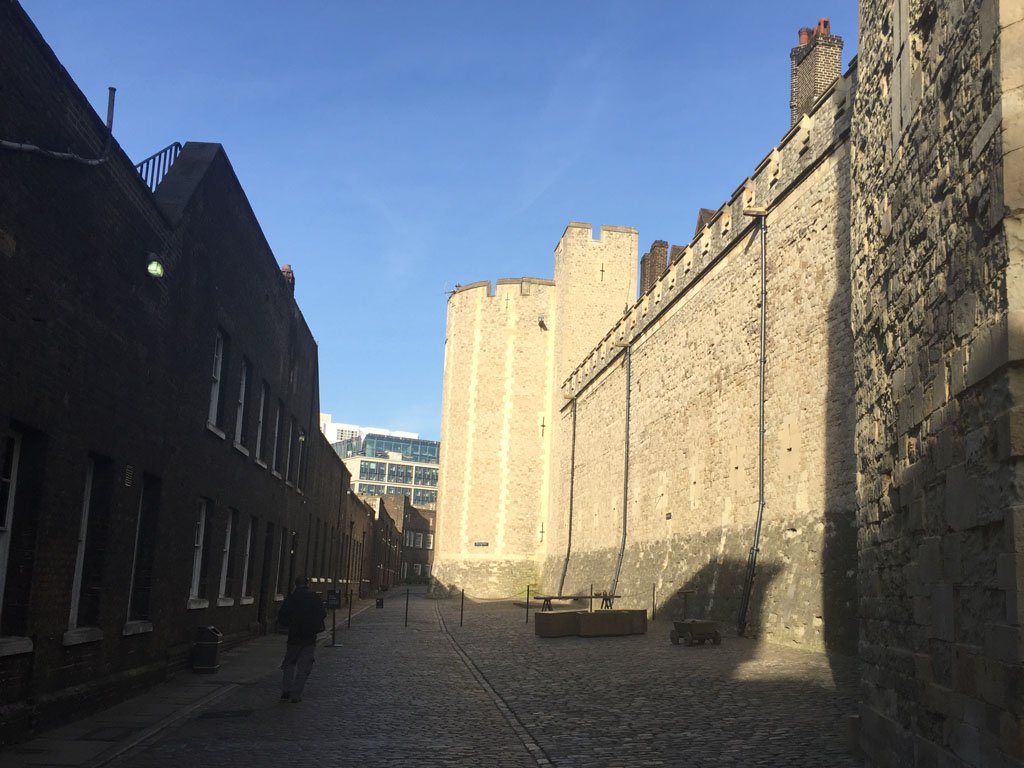
The Ravens at the Tower of London
The ravens of the Tower are as well known at the Tower as the Crown Jewels. The resident birds have been present at the Tower since the days of Charles I. Legend says, that if the ravens were to ever leave the Tower, the kingdom and the Tower will fall!
Ghosts of the Tower
There are bound to be ghosts haunting the Tower of London, with all the bloodshed, murder and violence the place has witnessed over the centuries. One story suggests that that ghost of Anne Boleyn roams the chapel of St Peter, which is where she is buried. Apparently, she has been seen walking around the White Tower carrying her head under her arm! Other witnesses over the years have reported sightings of the two young Princes, Lady Jane Grey, Margaret Pole and King Henry VI.
Not only have ghostly apparitions of famous people been seen, but also animals too! In 1816, a guard standing outside the jewel house claimed to have witnessed the ghost of a bear running towards him. Reports say that the guard died a few days later from shock!
Visiting the Tower of London
The Tower of London is run and managed by Historic Royal Palaces. For details on opening times, facilities and refreshments please visit: https://www.hrp.org.uk/tower-of-london/visit/#gs.93673e
Address: Tower of London, London, EC3N 4AB
